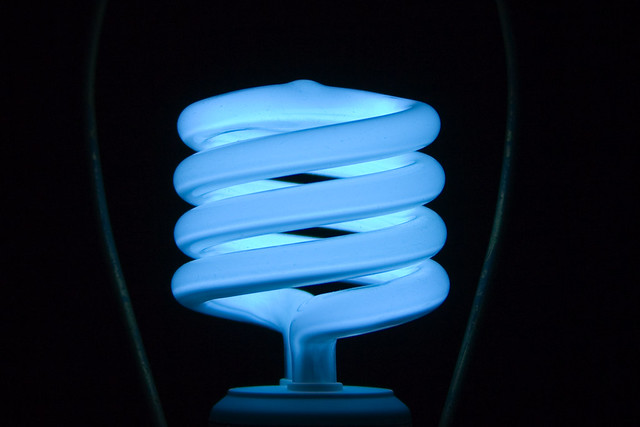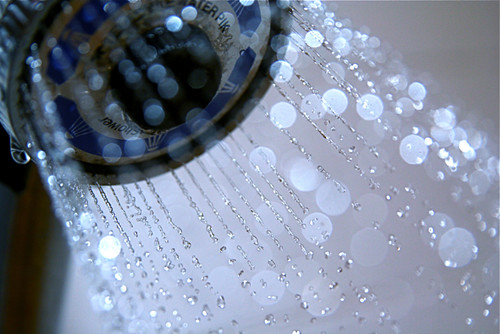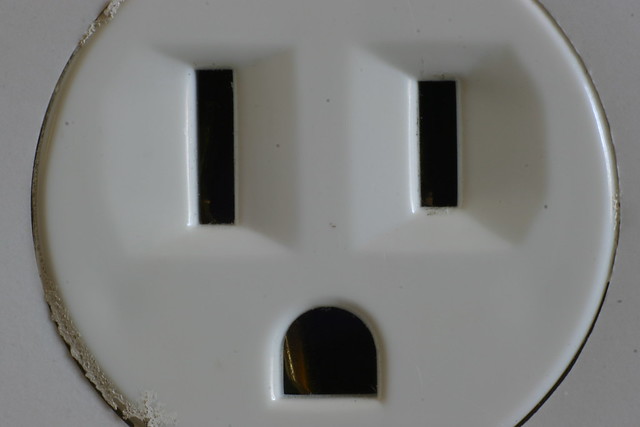 October is Energy Awareness month and the federal, state, and local governments have been working to highlight the actions that are making our country more energy efficient. To this end, Washington State Governor Christine Gregoir has named October 30th 2010 as “Weatherization Day” to celebrate and highlight the many successful energy efficiency programs in our state.
October is Energy Awareness month and the federal, state, and local governments have been working to highlight the actions that are making our country more energy efficient. To this end, Washington State Governor Christine Gregoir has named October 30th 2010 as “Weatherization Day” to celebrate and highlight the many successful energy efficiency programs in our state.Washington’s Weatherization Assistance Program for low-income residents, in place since 1987, has long been considered an important part of our state’s efforts to address poverty issues. Since its inception, over 125,000 homes have received services, reducing energy bills and increasing comfort and safety in those households that are most in need.
Thanks to funding from the American Recovery and Reinvestment Act of 2009 (ARRA), many government agencies and non-profit organizations have received grants to help make these services affordable to an even larger percentage of the population and to raise awareness about the benefits of energy efficiency for homes and businesses. The Community Energy Challenge is proud to be a part of the effort to make Whatcom County a leader in energy efficiency!
Read the Proclamation here.
Thanks to funding from the American Recovery and Reinvestment Act of 2009 (ARRA), many government agencies and non-profit organizations have received grants to help make these services affordable to an even larger percentage of the population and to raise awareness about the benefits of energy efficiency for homes and businesses. The Community Energy Challenge is proud to be a part of the effort to make Whatcom County a leader in energy efficiency!
Read the Proclamation here.






